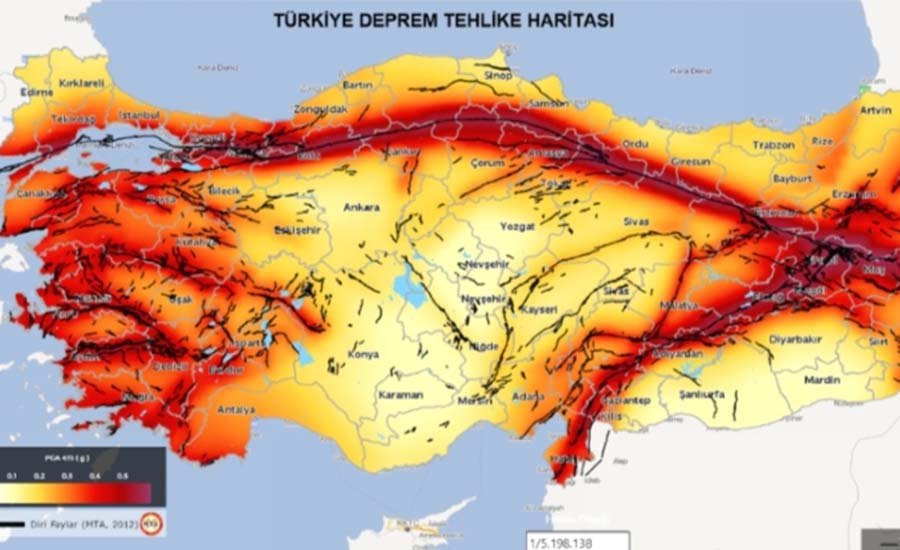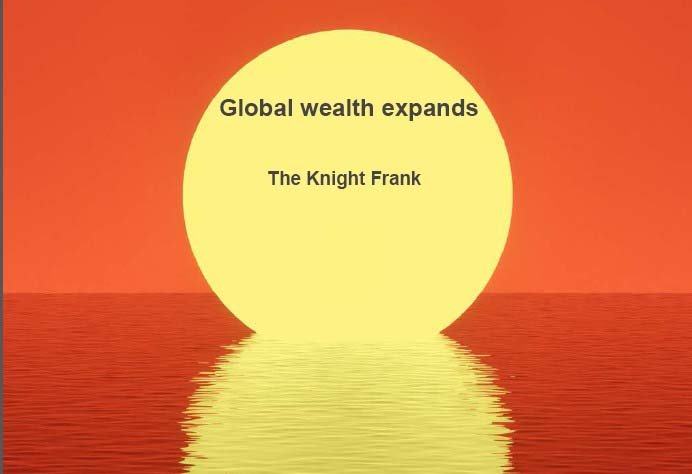читайте также
 Albania Real Estate Market 2025: Hotels, Offices, Retail Growth and Investment Risks
Albania Real Estate Market 2025: Hotels, Offices, Retail Growth and Investment Risks
 Where Is the Best Place to Retire: Global Citizen Solutions Report
Where Is the Best Place to Retire: Global Citizen Solutions Report
 Hotels in Vietnam: weak service and climate risks
Hotels in Vietnam: weak service and climate risks
 New housing rental rules in Greece
New housing rental rules in Greece
 Turkey at the Epicenter of Seismic Risk: 100 Earthquakes a Day
Turkey at the Epicenter of Seismic Risk: 100 Earthquakes a Day
 Global Wealth Map: The U.S. Maintains Leadership, Asia Strengthens Its Position
Global Wealth Map: The U.S. Maintains Leadership, Asia Strengthens Its Position
Migration in France: Growth, Challenges, and a New Era of Restrictions

According to INSEE, immigrants made up 6.5% of the French population in 1968 and reached 10.3% (about 7 million people) by 2021. Over 50 years, the diversity of origin countries has expanded, but immigrants from non-European countries still face tougher labor market conditions — unemployment among this group stood at 13% in 2021, with lower wages and higher poverty risks compared to the general population.
2022: A Record Year for Immigration
2022 marked a historic record with 320,330 residence permits issued, a 17% increase from 2021. Students (108,340), family reunification (90,385), labor migration (52,570), and humanitarian reasons (40,490) were the main categories. Over 255,000 short-term work visas were also issued.
France registered over 168,699 asylum requests in 2022, and valid residence permits exceeded 3.8 million. Yet only 11,410 undocumented migrants were deported.
2023–2024: Rising Numbers from North Africa
In 2023, France issued 323,260 residence permits. INSEE data shows that 7.3 million immigrants lived in France, making up 10.7% of the population. The majority come from Africa (48%), especially Algeria, Morocco, and Tunisia, followed by Europe (32%) and Asia (14%).
2024 saw another rise: 336,700 permits were granted, mostly to nationals of Morocco (37,000), Algeria (29,000), and Tunisia (23,000). Deportations rose by 27%, reaching 21,601 individuals.
Tougher Immigration Rules
France faces labor shortages in healthcare, construction, agriculture, and logistics. But public concern is mounting: 68% of French citizens view migration as a negative force, and 75% support stricter controls (IFOP).
The French government has responded with:
Tighter language and income requirements for residency and citizenship (January 2024);
A ban on marriage for undocumented migrants (February 2025);
A planned overhaul of visa rules, including entry audits and more power for border control (March 2025).
The tightening trend mirrors a broader EU shift toward stricter migration control, accelerated deportations, and external migration processing centers.





